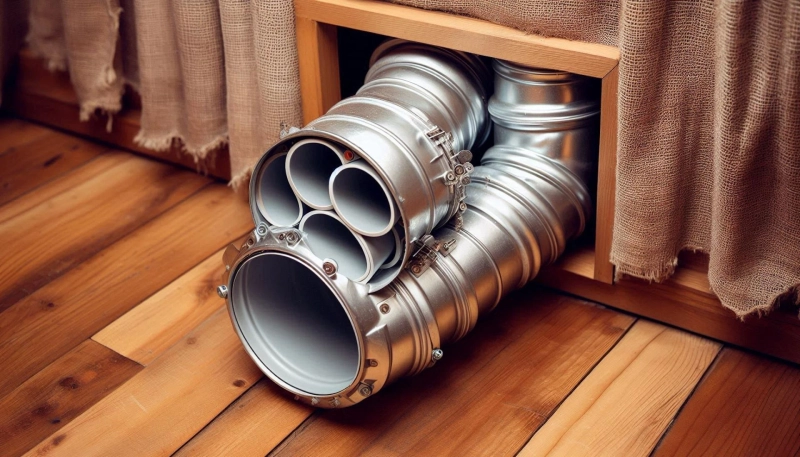When it comes to home appliances and their associated ductwork, safety is a paramount concern. One common question that arises is whether PVC (polyvinyl chloride) piping is a suitable material for dryer vents. In this article, we\'ll explore the safety implications of using PVC for dryer vents and provide guidance on the best materials to use.
Defining Dryer Vents
Dryer vents play a crucial role in the proper functioning of clothes dryers. They serve to expel hot, moist air generated during the drying cycle, preventing the buildup of lint and potential fire hazards. The vent material, length, and installation quality can significantly impact the efficiency and safety of the dryer\'s operation.
The Risks of Using PVC for Dryer Vents
While PVC is a widely used material in various plumbing and construction applications, its suitability for dryer vents has been a subject of debate. Here are some of the primary concerns regarding the use of PVC for dryer vents:
1. Flammability
PVC is a thermoplastic material, meaning it can soften and melt when exposed to high temperatures. The hot, lint-filled air expelled from a clothes dryer can potentially reach temperatures high enough to cause PVC piping to deform or even ignite, posing a significant fire hazard.
2. Rigidity and Airflow Restrictions
PVC pipes are relatively rigid and can be more challenging to install in a way that maintains optimal airflow. Tight bends or kinks in the vent can restrict the flow of air, leading to reduced efficiency and potential buildup of lint, further increasing the risk of fire.
3. Chemical Composition
PVC contains various chemical additives, such as plasticizers and stabilizers, that can release toxic fumes when exposed to high heat. These fumes can be harmful if inhaled, especially in enclosed spaces like laundry rooms.
Safer Alternatives for Dryer Vents
Given the potential risks associated with using PVC for dryer vents, it is generally recommended to choose alternative materials that are better suited for this application. Some safer options include:
1. Rigid Metal Ductwork
Rigid metal ductwork, such as aluminum or galvanized steel, is the preferred material for dryer vents. These materials are non-flammable, durable, and able to withstand the high temperatures and airflow without compromising safety.
2. Flexible Metallic Duct
Flexible metallic ducts, made of corrugated aluminum or stainless steel, can also be a suitable option for dryer vents. These ducts are more malleable, making them easier to install and navigate around obstacles, while still providing a safe and efficient pathway for the hot, moist air.
3. Semi-Rigid Foil Duct
Semi-rigid foil ducts, often made of aluminum or a combination of materials, offer a compromise between the rigidity of metal and the flexibility of PVC. These ducts are generally considered safer than PVC for dryer vent applications.
It\'s important to note that the specific requirements and regulations for dryer vent materials may vary by location. Always consult with local building codes and authorities to ensure compliance and maintain the safety of your home.
Proper Installation and Maintenance
Regardless of the duct material used, proper installation and regular maintenance are crucial for the safe and efficient operation of a dryer vent. Some key considerations include:
- Ensuring the vent is as short and straight as possible, with minimal bends or restrictions
- Securing the duct joints and connections to prevent air leaks
- Regularly cleaning the vent to remove lint buildup
- Checking for any signs of wear, damage, or potential blockages
Conclusion
By following these best practices and choosing the appropriate vent material, you can help ensure the safety and performance of your clothes dryer, protecting your home and family from potential fire hazards.



